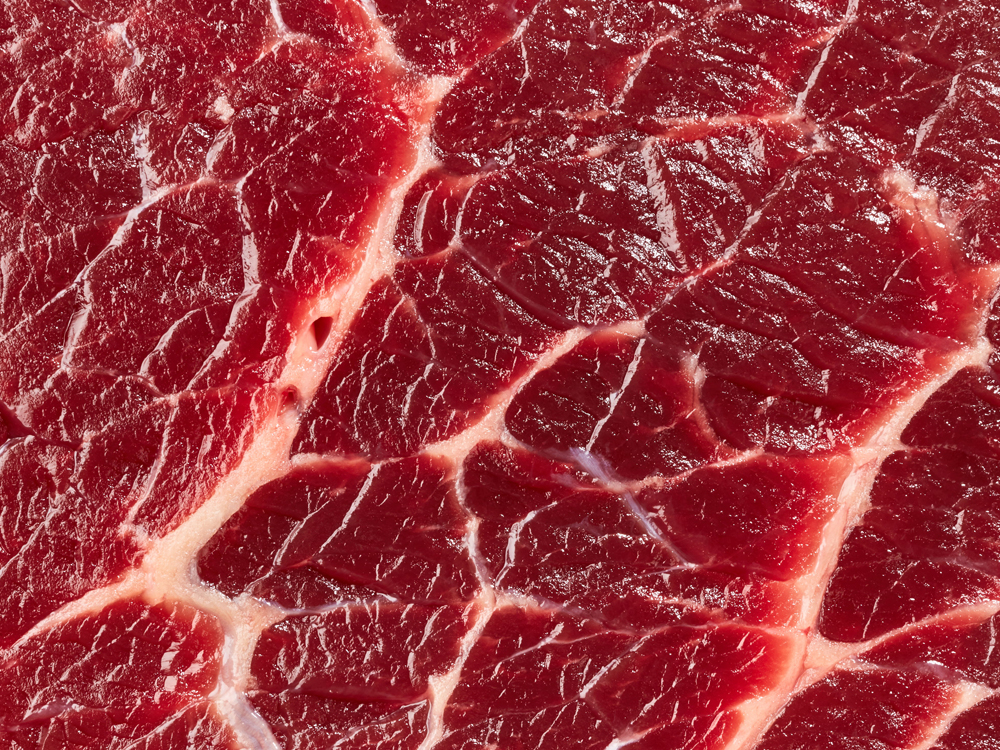Canadian beef producers are optimistic that relief from trade restrictions offered to American farmers in the U.S.-China trade deal could be extended north of the border, clearing the path for more exports to the lucrative Asian market.
“Phase One” of the long-awaited pact, signed by both countries last week, does away with a range of Chinese trade restrictions that diverge from international standards and have long frustrated countries trying to sell meat into the country.
The tight integration of Canadian and American agricultural production and inspection systems suggests the changes for the U.S. will be granted to Canadian producers too, said Dennis Laycraft, executive vice-president of the Canadian Cattlemen’s Association.
“Generally speaking, when you start to agree to these technical requirements, there is a strong international legal basis that you need to make them available to other countries,” Laycraft said in an interview. “Tariffs and things like that can be country specific, but our anticipation is that as this is established, we’re going to be expecting the same treatment.”
The centrepiece of the long-awaited U.S.-China trade deal is a commitment from Beijing to import an extra $200 billion in American goods and services over the next two years, including an additional $40 billion to $50 billion in agricultural products. However, the deal also calls for significant changes to the ways in which China ensures the safety of its imports.
For instance, Beijing has agreed to accept beef imports containing internationally accepted amounts of three widely used growth hormones: zeranol, trenbolone acetate and melangesterol acetate. For beef tissues for which acceptable levels haven’t been established, China will follow standards and guidelines established by other countries that have performed science-based risk assessments.
Beijing will also remove long-held age restrictions on beef imports designed to thwart the transmission of BSE, or mad cow disease. Hong Kong and China are among the last countries to block imports of beef older than 30 months — BSE doesn’t develop fully in cattle until they are older. China will also recognize the U.S.’s beef tracking system, designed to root out and prevent the spread of the disease. And routine Chinese audits of U.S. production facilities will also no longer be required.
“That process outlined in the deal will speed things up for us too, hopefully,” said Laycraft.
Canada’s beef industry is two thirds of the way through an agreement, in place since 2010, which would see those same Chinese age restrictions gradually removed. And Canada’s bovine tracking system is considered to be at least on a par with the one in place in the U.S.
It could have been done sooner but hopefully it means we’re going to have a much more science-based approach to market access
Dennis Laycraft, executive vice-president, Canadian Cattlemen’s Association
“It could have been done sooner but hopefully it means we’re going to have a much more science-based approach to market access,” Laycraft said.
Washington and Beijing have yet to explain how China will meet its vast purchasing requirements without discriminating against other markets in favour of the U.S. Indeed, the World Trade Organization’s “most favoured nation” rule requires all trading partners to be treated equally unless a full free trade agreement is forged. The U.S.-China deal covers only a limited range of goods.
A massive shift in Chinese agricultural purchases to the U.S. could have damaging results for countries like Canada that export much of what they produce.
“The agreement has just recently been signed so we are absolutely taking a careful look at it,” Mary Ng, Canada’s Minister of Small Business, Export Promotion and International Trade, told the Financial Post.
Ng will represent Canada at the World Economic Forum in Davos, Switzerland this week, where she will lead a meeting of the Ottawa Group of 13 nations dedicated to reinforcing the rules-based system under the WTO.
“Of course we are always going to ensure the interests of our Canadian farmers are first and foremost,” she said.
Though trade analysts are skeptical that many of the changes and purchasing targets called for in the deal are realistic, even less has been said about whether looser trade restrictions will be extended to all countries.
“In principle it’s hard to discriminate on regulatory barriers between countries because once a system is changed, it’s changed,” said Robert Wolfe, professor emeritus at the School of Policy Studies at Queen’s University in Kingston. “But it will be some time before we know how much of a difference this deal makes for the U.S., never mind Canada.”
Nevertheless, China has policy tools “and a willingness” to discriminate between different trading partners when it seeks to, said Chad Bown, a senior fellow at the Peterson Institute for International Economics in Washington.
“So if it wants to continue to punish Canada on beef, (it) may, even despite having addressed the U.S. concern,” Bown said.
China blocked all purchases of Canadian canola in a move widely viewed as retaliation for the arrest of Huawei senior executive Meng Wanzhou on a U.S. extradition request in Vancouver. However, Chinese imports of Canadian pork have already picked up after Beijing lifted a four-month ban on Canadian meat in November. The country is struggling to fill a severe meat protein deficit following an outbreak of African swine fever, a highly contagious pig disease expected to wipe out half the country’s herd.
Laycraft of the Canadian Cattlemen’s Association is hopeful that shortfall will push the country to ease trade restrictions for Canadian meat, too. Either way, the closeness of the two markets means what’s good for the U.S. will ultimately be good for Canada, he said.
“We have a lot of market integration with the U.S. so it’ll mean more products moving from North America versus other parts of the world,” he said. “That tends to raise U.S. prices which raises our pricing. And getting a broader product selection going into China, we think that will increase overall volumes.”



